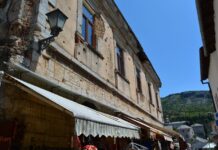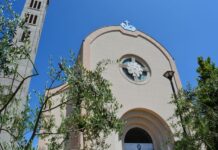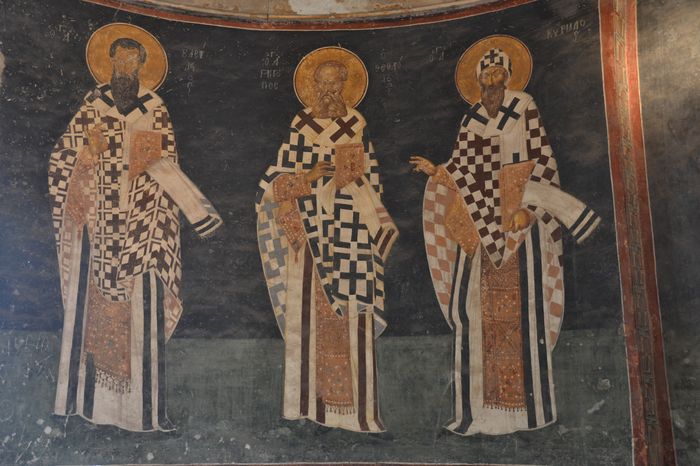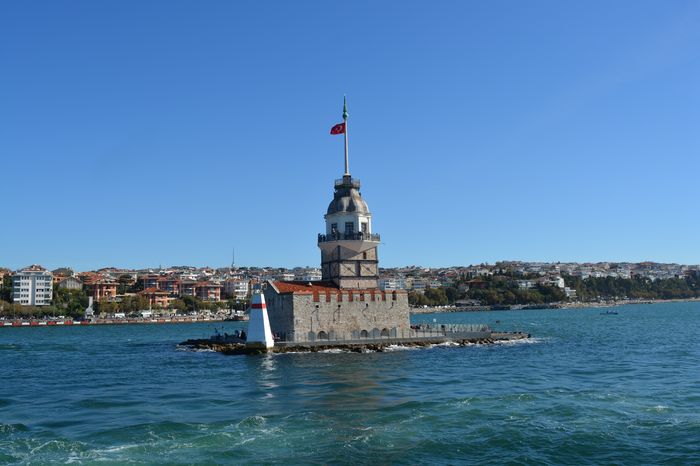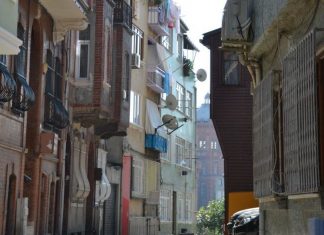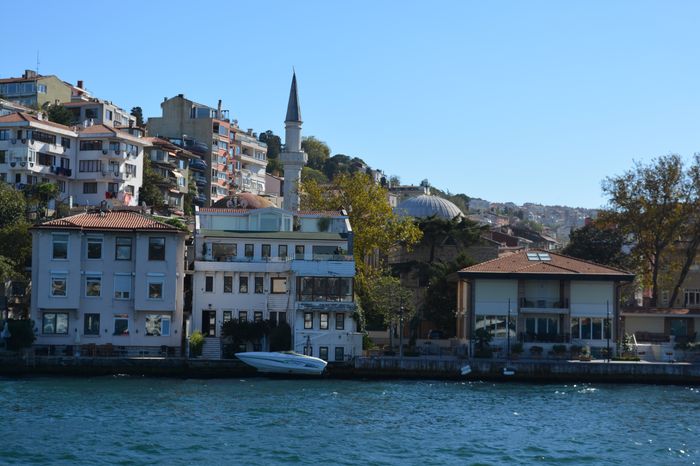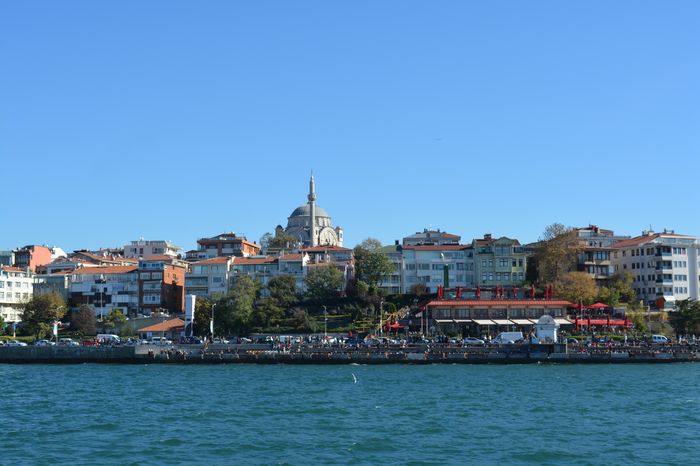If the western spur of the Sixth Hill was already protected by walls when the Theodosian Walls were built (in the early 5th century), it would make sense that the city’s land defenses were finished by connecting the new walls to the old ones. This would have been the easiest and most practical solution. Any other method, such as demolishing the old walls or building a completely new system, would have been more complicated and unnecessary Istanbul Tours Guide.
Lack of Clear Evidence
However, even though this theory sounds logical, we must admit that the evidence is not clear enough. There is very little historical information about the walls near the Iverko Porta (also known as the Kerko Porta), and what we do have shows that the area has been modified many times over the centuries. Because of these changes and the lack of documentation, we cannot be fully certain about how the old and new walls were originally connected.
The Wall of Emperor Manuel Comnenus
According to the Byzantine historian Nicetas Choniates, part of Constantinople’s walls was built by Emperor Manuel I Comnenus, who ruled from 1143 to 1180. This information is mentioned when Nicetas describes the location of the Crusaders’ camp during the Fourth Crusade in 1203 Confusion About the City’s Old Defenses.
Description of the Crusaders’ Camp
Nicetas says that the Latin (Crusader) camp was set up on a hill that stood opposite the western side of the Palace of Blachernae. This hill was separated from the city walls by a flat piece of land (like a trench or open field), which stretched from the Golden Horn in the north to a wall built by Emperor Manuel in the south.
This detailed description matches the hill west of the city walls, between the Golden Horn and Egri Kapı. That area has a narrow flat plain separating the hill from the walls—just as Nicetas described.
Location of Manuel’s Wall
Based on this, the wall built by Emperor Manuel must have been at the southern end of the plain. And indeed, right at that spot, there is a line of wall that runs toward the northwestern corner of the Palace of the Porphyrogenitus.
Unique Construction Style
This section of the wall is visibly different from the rest of Constantinople’s defenses. The style of building used here does not match the earlier walls, like those from Theodosius’ time or earlier Byzantine emperors. It has a distinct design, which strongly supports the idea that it was built during Manuel I’s reign in the 12th century.
The walls of Constantinople were not all built at the same time. Some parts, like the walls on the western spur and the section built by Emperor Manuel Comnenus, were likely added later or connected to older defenses. While we don’t have complete records, the descriptions by historians like Nicetas Choniates help us identify and understand these later additions to the city’s famous fortifications.

